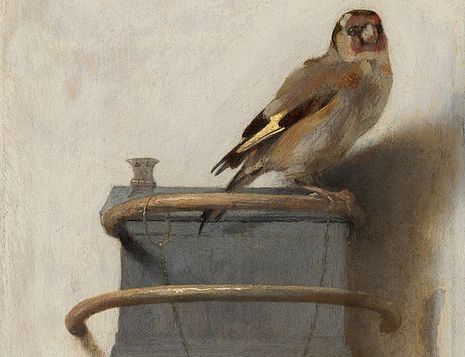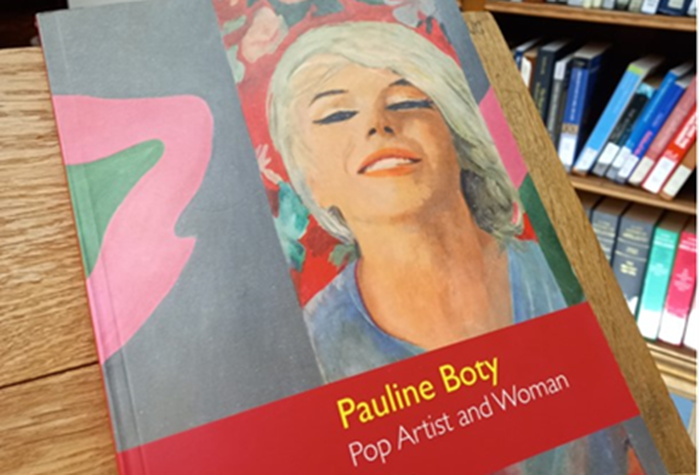Donna Tartt: a familiar mystery
Laila Hussey reflects on the life and work of the 2014 Pulitzer winner in the wake of another year’s round of awards

Shrouded by the “smog of a mystery woman”, to use Sylvia Plath’s words, Donna Tartt’s place in the pantheon of modern literary icons is difficult to fully define. She’s as intriguing, aesthetically entrancing and rich with Hellenic and Neo-Romantic allusion as her novels are. She is her work, essentially.
Donna Tartt, from her late teens, displayed an enviable commitment to her art. Art in the broadest sense, encompassing her writing and her self-presentation: the image that she consciously cultivated and maintained, refining over time. There is a strong sense of Donna becoming Donna after she graduates high school and relocates to Vermont to begin college in 1982. The Donna Tartt from Greenwood, Mississippi was the archetypal Southern Belle: she was a debutante, a cheerleader in high school, and a sorority girl during her brief stint at the University of Mississippi. This Donna is strikingly different to the one we know now. Upon arriving at Vermont’s Bennington College, the only thing tying Donna to her past life and image was her strong Southern accent which she never lost.
“The potency of her imagery creates the effect of another life lived, outside of our reality and into hers”
Her trademark bob first emerged in college, as did her predilection for almost exclusively donning men’s tailored suits, smoking cigarettes from her perfectly manicured hands, and hosting exclusive martini parties for her classmates. Donna’s image was something she constructed, something that she had to compose and develop. This is partly what makes her so particularly interesting as an artist. She has an inspiring commitment to aestheticism which pervades and directs not only her work, but her self. This commitment is evident not only in the way she constructs her image, but also her novels. She’s only published three, taking about ten years to write and publish each of them (by this logic, her fourth should be out within the next year or two). The fruits of this long maturation shine in her work.
Her debut, The Secret History, published in 1992, is arguably a work of autofiction, drawing upon her experience in the all-male elite Greek class she pushed her way into at Bennington, and masterfully replicates the Hellenic tradition, perfectly capturing the torturous draw of the Dionysian influence. She has an alchemical effect with words; with only a few sentences, she’s able to convey an experience or emotion that takes on the intensity of a personal memory for the reader. The potency of her imagery creates the effect of another life lived, outside of our reality and into hers.
“Donna is both strikingly unique and achingly familiar”
Then comes her critically divisive sophomore publication: The Little Friend. And while The Secret History is university Donna, The Little Friend is childhood Donna. It’s a sort of quixotic, fantastical detective story dominated by a black-bobbed tomboyish bookworm set in the Deep South. It both is and isn’t Donna. Harriet (as this character is called) is both what Donna was in her youth and what Donna became in her young adulthood. In this way, The Little Friend is incredibly useful for connecting the dots when trying to fully grasp Donna’s trajectory as an image and an artist. Beyond this, though, it’s certainly her least convincing publication.
Her most recent publication, The Goldfinch, shows Donna’s striking ascendancy as a writer. In many ways, her three publications to date are part of a stylistic trilogy, but this fact only becomes obvious upon reading all three novels. The Secret History is consumed by the aesthetic, the picturesque, to a dark degree. The Little Friend models on the classic adventure tales of the 19th and 20th centuries. The Goldfinch is the Goldilocks balance of these two previous styles. With all the picturesque impression of The Secret History and the episodic excitement of The Little Friend, it is the perfect Dickensian novel.
In this, as in her personal presentation, Donna is both strikingly unique and achingly familiar. Just as her work draws upon the literary traditions of the past while creating something strikingly distinctive, she too is both old and new – an anachronism, and yet one that appeals to so many. This is my highest praise of her: she has an inspiring dedication to artistry and aestheticism, which she successfully honours in her continuous creation of persona and prose.
 News / Eight Cambridge researchers awarded €17m in ERC research grants27 December 2025
News / Eight Cambridge researchers awarded €17m in ERC research grants27 December 2025 News / Downing investigates ‘mysterious’ underground burial vault 29 December 2025
News / Downing investigates ‘mysterious’ underground burial vault 29 December 2025 Lifestyle / Ask Auntie Alice29 December 2025
Lifestyle / Ask Auntie Alice29 December 2025 Sport / Hard work, heartbreak and hope: international gymnast Maddie Marshall’s journey 29 December 2025
Sport / Hard work, heartbreak and hope: international gymnast Maddie Marshall’s journey 29 December 2025 Interviews / Meet Juan Michel, Cambridge’s multilingual musician29 December 2025
Interviews / Meet Juan Michel, Cambridge’s multilingual musician29 December 2025









